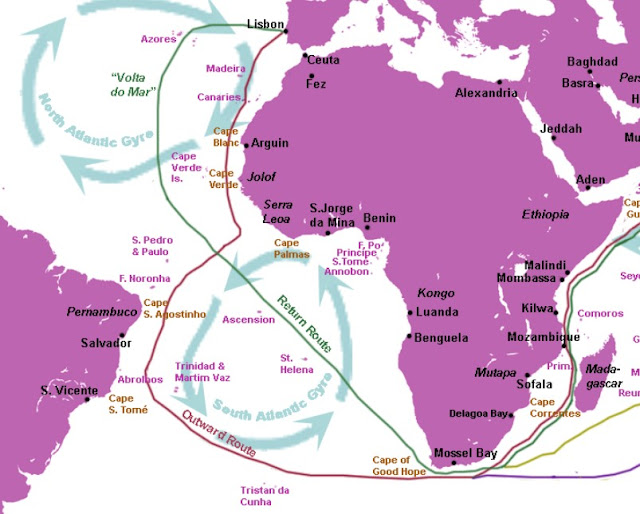Divided Nation of 10 Million
During the Israeli elections, I was very surprised to learn that it has a huge number of political parties (50+), and that coalition governments have been the norm for a long time. Imagine that: a country with a population of less than 10 million has more than 50 political parties! I was reminded of that as I was reading Tim Marshall’s book, Divided . Jews make up 75% of the population, Muslims 17%. Jews fall under two categories: Ashkenazi and Sephardi. The former are mostly European origin, the latter from the Arab world. The Ashkenazi dominated Israeli politics because they were better educated, and they came earlier to the areas that became Israel. But the Sephardi have grown in power since then, and religious parties make or break coalitions, so their clout is disproportional. The Jews are split into secular (49%), traditional (29%), religious (13%) and ultra-orthodox (9%). The last group is called Haredim. More on them later. Many neighborhoods are actually divided al

